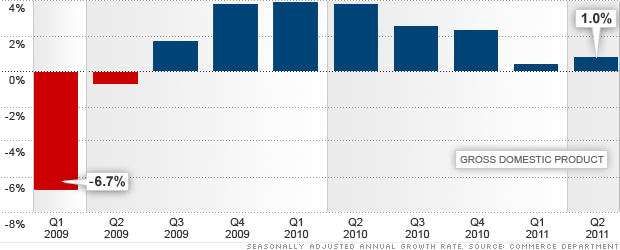The very thing that will elect Rick Perry is this
Obama does not understand this economy
Moody’s Lowers Economic Growth Outlook - Real Time Economics - WSJ
Obama does not understand this economy
Moody’s Lowers Economic Growth Outlook - Real Time Economics - WSJ




